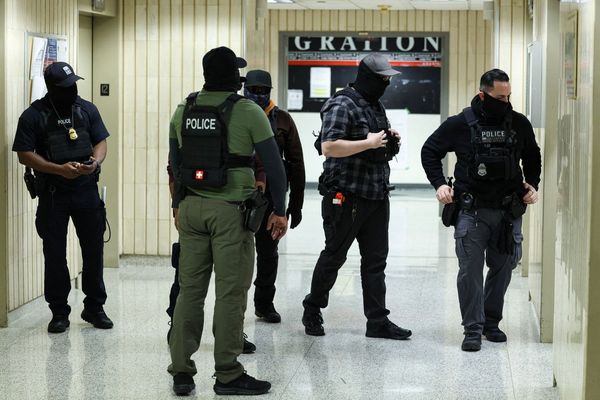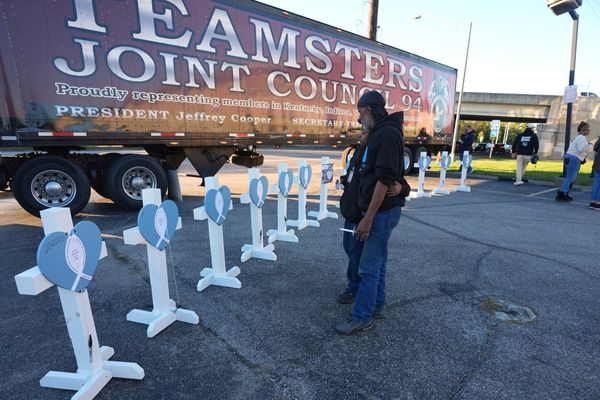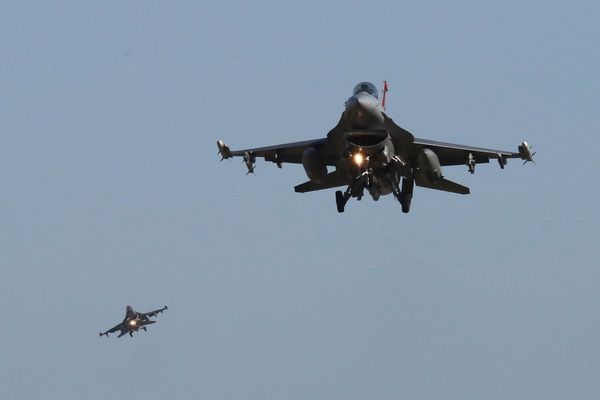
Andor has been praised for its down-to-earth dialogue and naturalistic acting, but none of that would be quite as effective without the show’s distinctive look. The visual palette of Andor is striking, full of contrasts, and recalls the more organic nature of the 1977 Star Wars or The Empire Strikes Back. While the first six installments of Andor Season 2 were directed by Ariel Kleiman, the cinematographer who shot these episodes was Christophe Nuyens. In conversation with Inverse, he reveals a ton of cinematic influences on the visuals of the series, some of which might surprise you.
“For every set we built, we had a mood board,” Nuyens tells Inverse. “It’s one of the nice things about working with [director] Ari [Kleiman]. He felt like it was important that the show look like Rogue One and like the first season.”
But despite the fidelity to the visual palette of the Star Wars canon, Nuyens admits, like showrunner Tony Gilroy, there were plenty of non Star Wars influences at work on the show. “Wong Kar-wai was on the mood board for the Coruscant,” he says. “I had two days of pre-lighting, just to get the right tone for everything. That’s a set where we worked a lot on getting it right.”
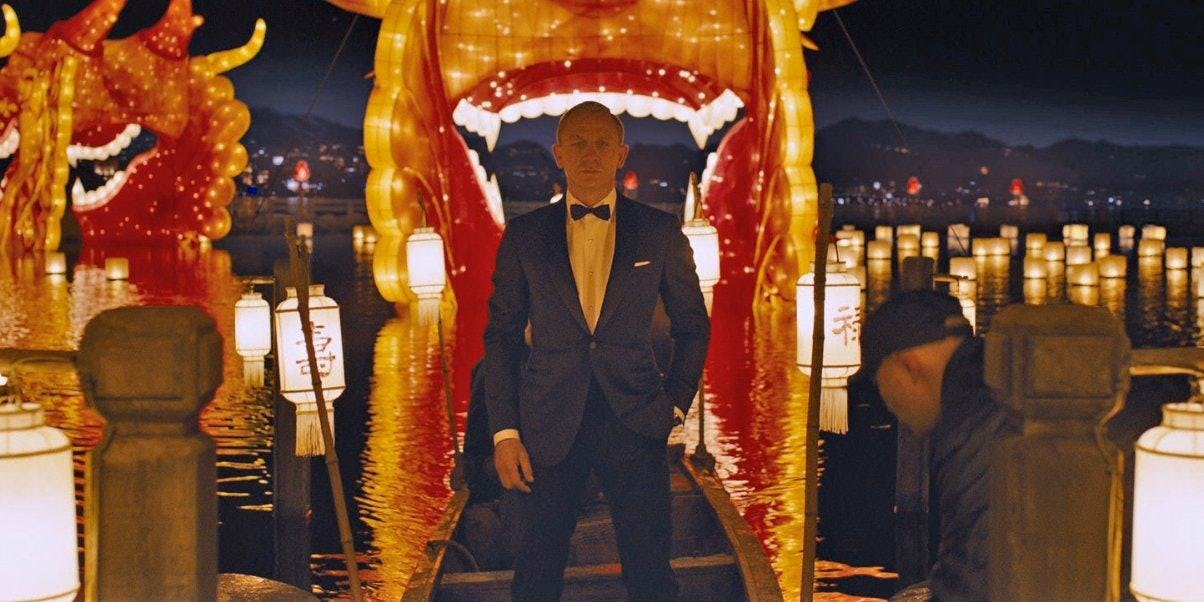
While one might assume that the visual scope of these rainy sci-fi cityscapes was inspired by Blade Runner or other sci-fi, Nuyens says that wasn’t really in his mind while filming. “You say it now, and it’s a compliment, and it makes sense. But honestly, along with Wong Kar-wai, I was also thinking about Roger Deakins’ work in James Bond movies; the night scene in Macau in Skyfall was an inspiration.”
Nuyens also confirms what many Star Wars fans have known about Andor for a long time: As much as possible, most of what we see is a practical, fully built set. The set for the Ghorman plaza, for example, was fully constructed at Pinewood Studios and, as Nuyens says, is nearly 100 percent functional. Ditto the TIE Avenger that Andor steals in the first episode. “Everything was quite practical. It was a fully built spaceship,” Nuyens explains. “All the control panels and everything was on my desk, so we could control it. And for the flying, we took off the wings and put it on a gimbal.”
Speaking of that TIE Avenger, Nuyens reveals that there is a bit of moviemaking magic happening at the end of Episode 1, “One Year Later.” Although the vast majority of the action was shot outside, in a real field of crops, the moment when Andor emerges from the ship and rescues everyone was shot inside on a soundstage. “We cut the crop and put it on foam. And then put it in a stage. We filled two stages with crop! It was an incredible challenge to make it look as natural as it looked in the real fields.”
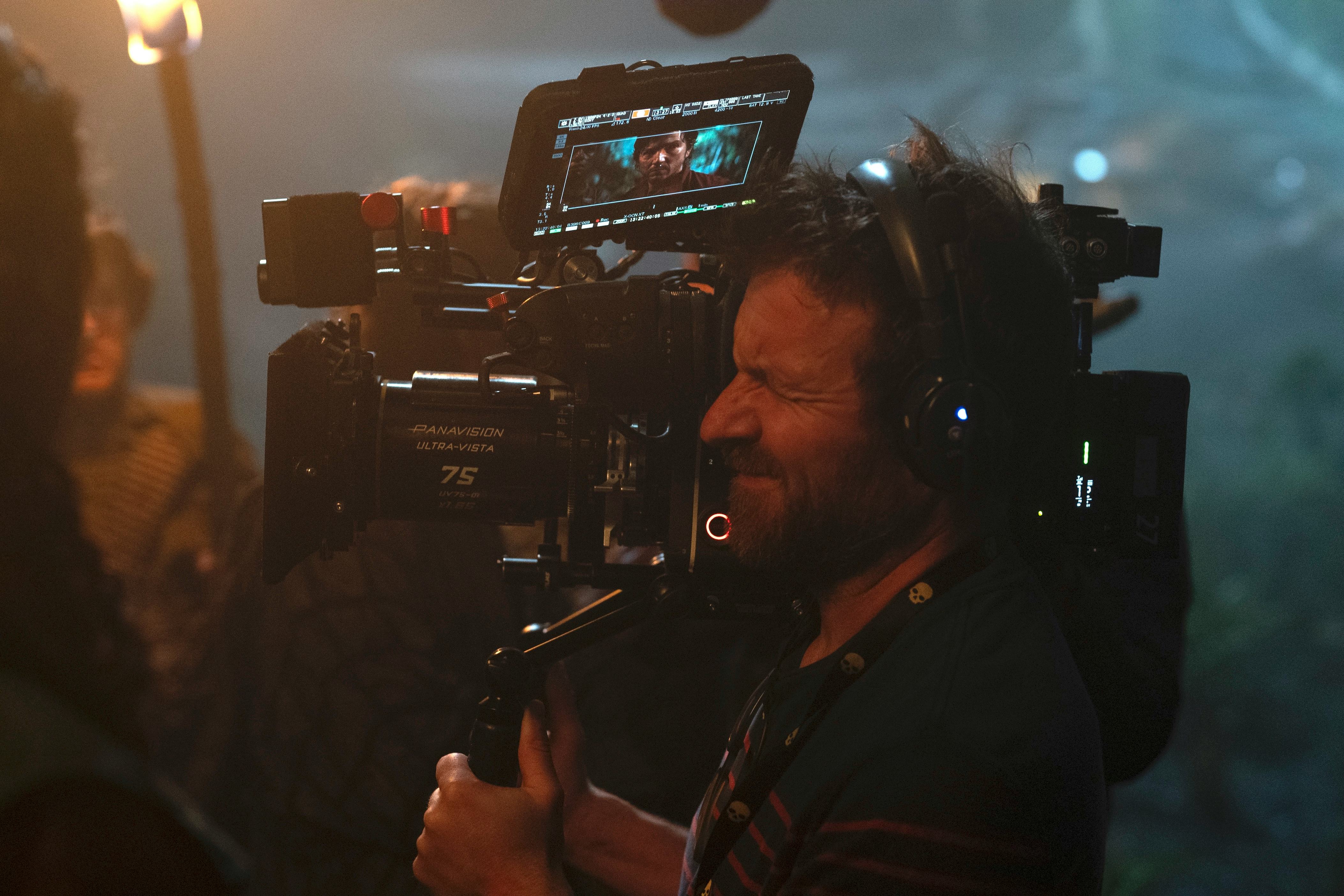
Unlike with many other contemporary sci-fi shows, the vast majority of the production of Andor looks the way it does partly because the series almost never uses augmented reality (AR) wall technology like the Volume. “There’s actually one scene where Tony [Gilroy] intervened and said we couldn’t use an AR wall,” Nuyens explains.
In the night scene at the end of Episode 5, “I Have Friends Everywhere,” Saw Gerrera (Forest Whitaker) is giving a very memorable monologue to Wilmon (Muhannad Bhaier). But the nature of the darkly lit planet and the outdoor location made Nuyens really want to think about using AR wall tech.
“The idea was to shoot it on a vast planet in something that feels like a desert. And we went looking for real sets, and we went looking for a quarry,” Nuyens says. “But the problem was it was too big to light at night. I was worried it might look fake. So I proposed that we do it with virtual productions, because I thought that scene really suited it. But Tony [Gilroy] and Sanne [Wohlenberg] were like: ‘No. This is not our show. We don’t do that.”
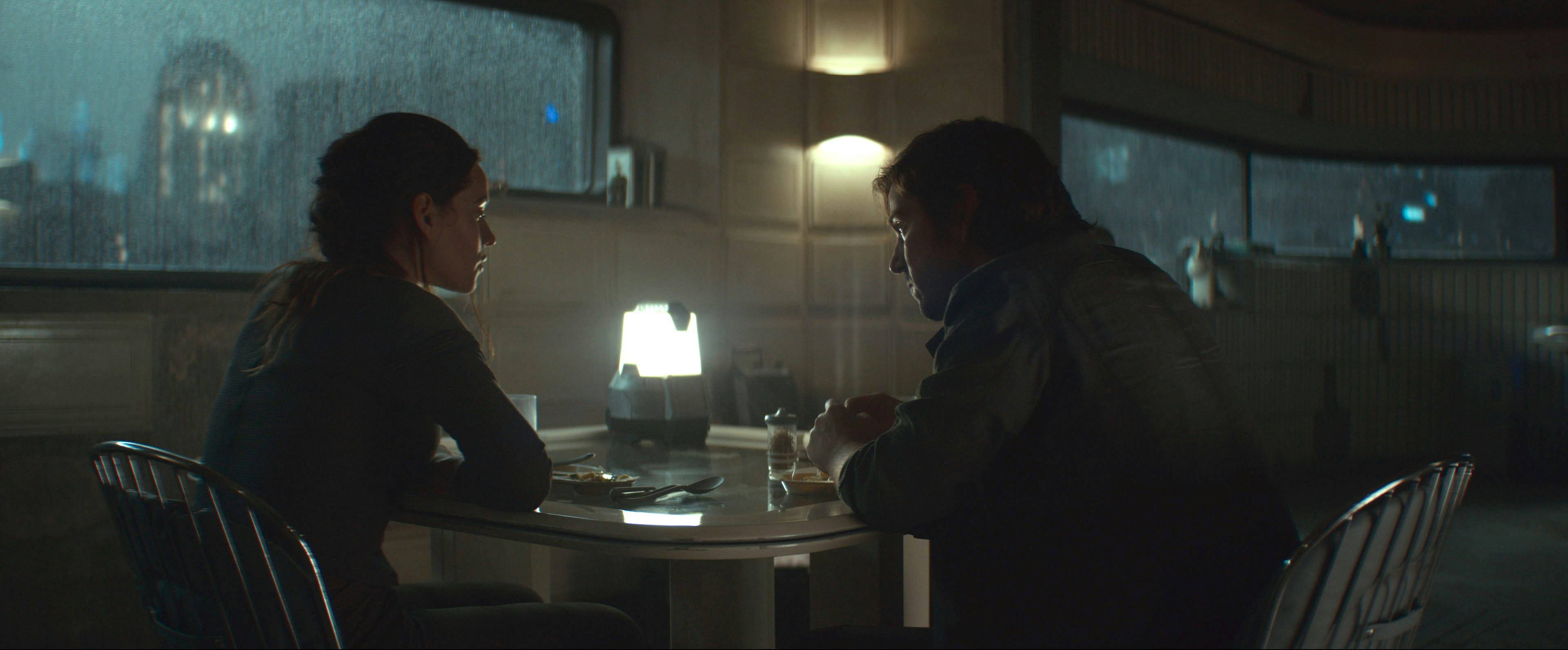
That said, there is one part of Andor that skirts around the show’s policy of not using AR walls like the Volume. Those magical Coruscant apartment scenes, both in Bix and Cassian’s place, and in Dedra and Syril’s digs, sometimes there’s rain outside the windows.
“You cannot do rain on a green screen,” Nuyens explains. “And especially for night scenes. So we did use [AR wall tech] there. And for those things, it works really well. But I also think it’s overused, and I’m happy we didn’t use it a lot. I think with shows that use AR walls, it’s nice for two days, and then you get bored. It’s nice for us and for the actors to be on real sets. And I think the thing about that is that we know everything was actually built by people.”


